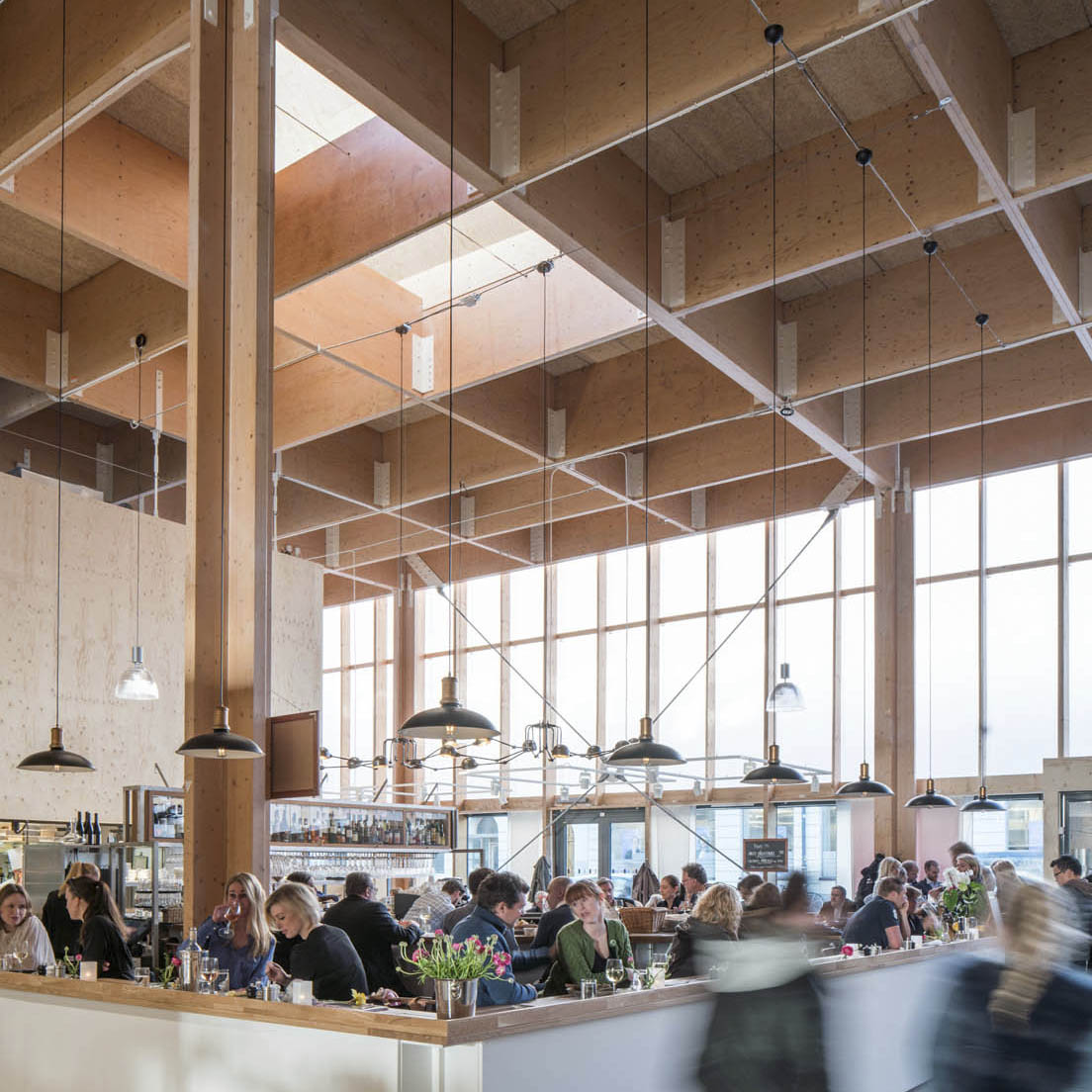The benefits of wood: speed and lightness
The weight and strength ratio of engineered wood products is world class. This is why wood lends itself to the production of lightweight and strong structures ideal for high and compact urban construction.
The lightness of wooden structures reduces the consumption of natural resources, as construction sites require less of other materials. “The foundations of a wooden building do not need to be as extensive as those of a concrete building. This reduces environmental load, since nowadays the foundations account for a large part of a building’s carbon footprint,” says Björman.
Light wooden structures also reduce transport loads, given that the amount of wood that can be transported in a single load is five-fold compared to concrete.
Prefabrication guarantees quality
The lightweight of wood enables the prefabrication of construction materials. “The work can be moved from the construction site to factory conditions. This means that most of the work can be carried out in dry and controlled conditions, so the high quality of the construction can be maintained throughout the process,” says Mikkola.
Prefabrication speeds up the construction process significantly, because the finished wooden modules can be assembled on site as precisely as Lego bricks. “A wooden high-rise can be assembled fully, roof included, in a matter of weeks, meaning that the time during which the construction site is at the mercy of the weather is very brief. This increases the quality of the construction to a significant degree,” adds Mikkola.










